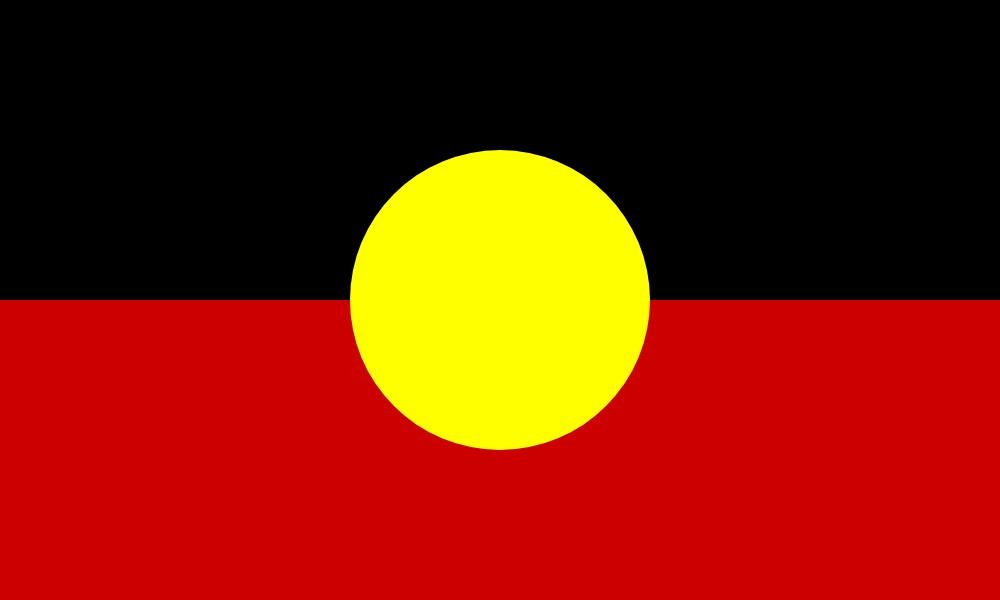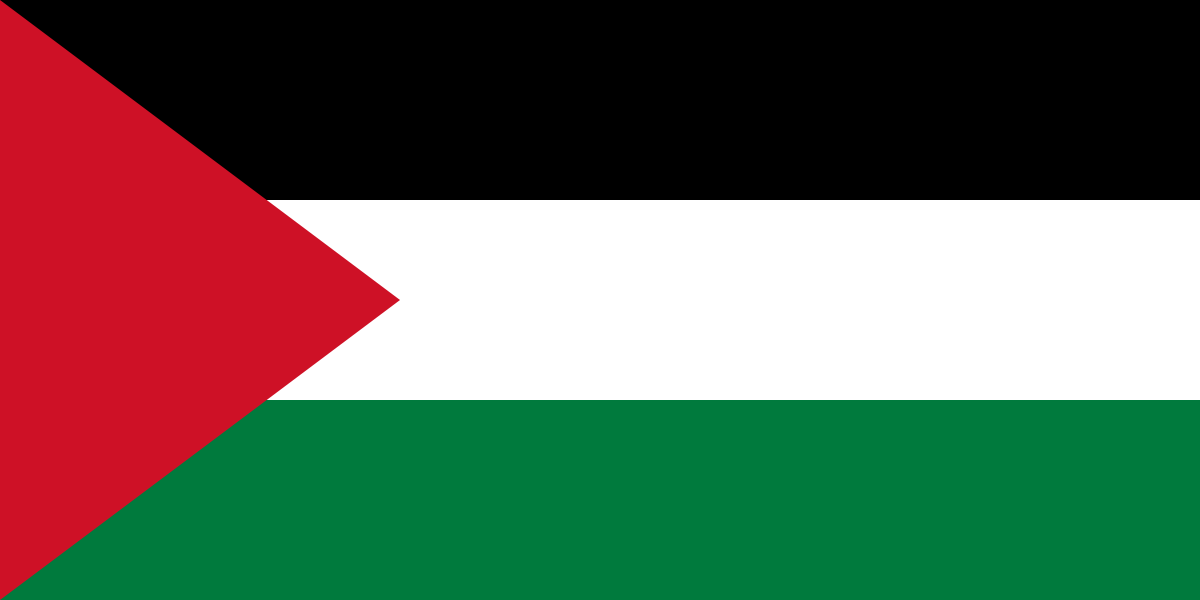SANTA CRUZ DE LA SIERRA, Bolivia - In the tiny farming villages of eastern Bolivia, Indigenous women turned firefighters are preparing for a wildfire season they fear will destroy the region's dry forests and fields as it has in previous years.
Blackened, burnt trees around a school in the Naranjos community in Robore, home to 20 families, are a stark reminder of the lurking danger and damage left by last year's wildfires.
More than 10 million hectares (24.7 million acres) were scorched in Bolivia last year, smashing records for its worst-ever fire season which typically runs from early July until September.
Braced against such potential destruction, local women like Angelina Rodas have learned how to fight the wildfires themselves rather than watch them burn out of control with little official response.
"I became a firefighter because of the helplessness of seeing how fires destroyed communities every year," said Rodas.
A community leader of the Chiquitanas Indigenous People, Rodas said she worries the slash-and-burn method, used to clear trees for agriculture and grazing, will spiral out of control as it has before.
While most wildfires are started by humans, warmer and drier conditions driven by climate change, as well as land clearing linked to the booming production of cattle and grains, are helping fires spread more quickly in Bolivia, scientists say.
Full Article

